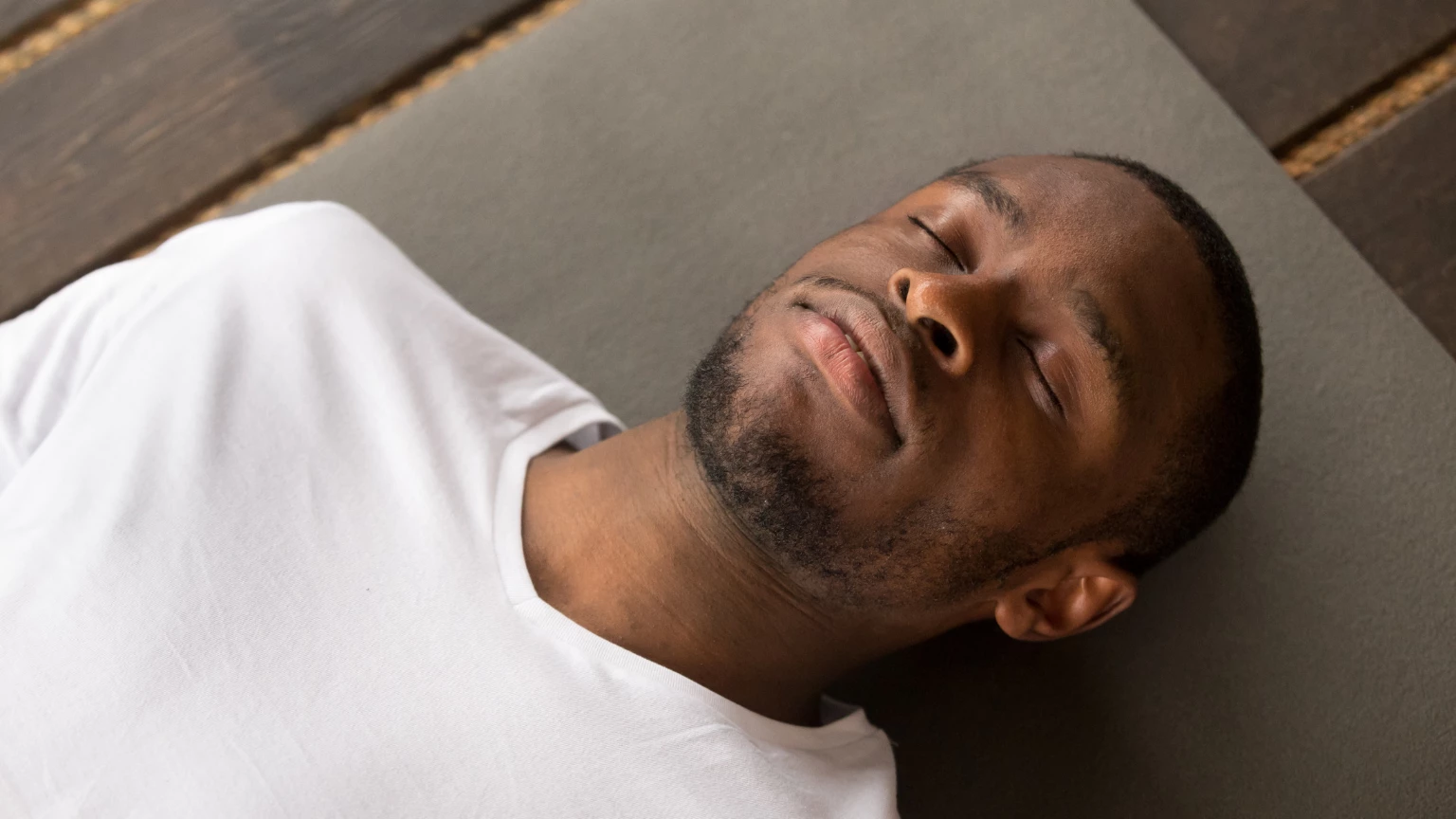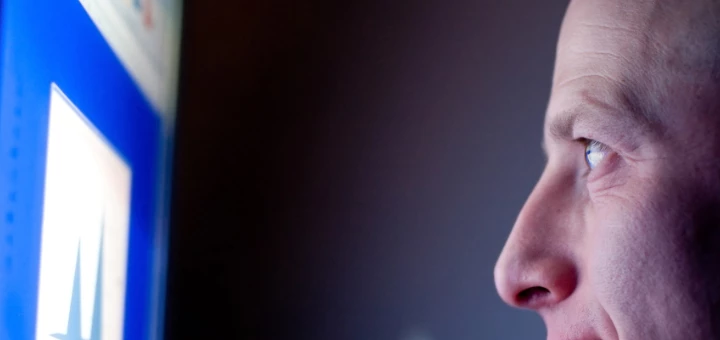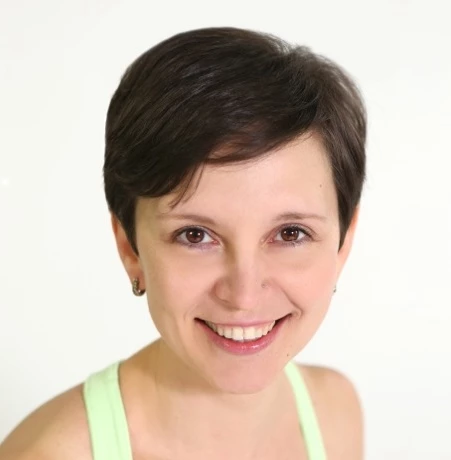Restful Sleep: How Light, Temperature and Yogic Breathing Can Help You Sleep

A decade or so ago, I visited a small surfing town in Costa Rica. It was a great adventure, but one thing I found most surprising was that by 9:00 pm there was nobody around. As soon as the sun set, the streets became deserted, and the windows went dark. Both the internet connection and cell service were spotty. There was no cable TV, so there wasn’t much to do after sunset. It seemed that everybody just went to bed.
Then in the morning, most people were up with the sun—surfing, opening their small shops, or just going about their business. This was the first experience I ever had of daily living linked to the rhythm of the sun. It felt restful and refreshing.
Much has changed in our lives since electricity has illuminated our homes, including the disconnect from the daily cycle of the sun and extended activity hours. With the invention of cellphones and iPads, our evening hours are now illuminated by LED lights.

The problem is that spending time in front of the blue light in the evening affects the release of melatonin (a hormone that signals to the brain that it’s time to transition toward sleep). Blue light fools the brain into thinking that it’s still daytime, which causes it to slow down gradual melatonin production.
When you finally shut down your computer or other electronic device and go to bed, you might not be ready to go to sleep because your body didn’t get the memo yet. It might take another hour or longer in the dark for melatonin to reach sleep-ready levels. This is why light is the first important environmental factor that can impact your sleep.
What’s the solution? If you have trouble falling asleep, try to stay away from screens for at least an hour before bed and in that hour, avoid bright lights of all kinds.
Temperature Matters
Fading daylight is not the only factor that controls the release of melatonin. With dusk usually comes a drop in temperature, and your brain is attuned to detecting that. Matthew Walker, Ph.D., who’s been studying sleep for 20 years, writes: “Environmental light and temperature therefore synergistically, though independently, dictate nightly melatonin levels and sculpt the ideal timing of sleep.”(1)
This is why it is usually easier to fall asleep in the cooler room than the hot one. This is also why you might stick your feet out from under the blanket if you are feeling too warm. Exposing your extremities to open-air helps cool you down.
“One way you control your core body temperature is using the surface of your skin. Most of the thermic work is performed by three parts of your body in particular: your hands, your feet, and your head. The hands, feet, and head are remarkably efficient radiating devices that, just prior to sleep onset, jettison body heat in a massive thermal venting session so as to drop your core body temperature.”(1)
My trick for falling asleep in a room that’s too warm is to dip my feet into cold water and then leave them slightly wet as I climb back into bed. As water evaporates from the feet, it helps to cool you down.
If you have trouble falling asleep, you might want to consider turning your temperature down a bit (if you are using air conditioning) or opening a window to get some cooler air in. Also be mindful of the kind of bedding you use so that it keeps you warm enough to be comfortable, but not so warm that you get sweaty (which is another way you regulate your core body temperature).
Yoga Can Help Induce Sleep
The yoga tradition, of course, has its tricks for cooling the body. You can try Shitali breath, which involves breathing in through a rolled tongue, or its cousin Sitkari, which involves breathing in through your teeth. Both of those techniques are meant to cool you down. If you also lengthen your exhalation when you practice those, it will also help to calm your nervous system.

Another general suggestion that concerns body temperature comes from the yogic ideas of Ida and Pingala—the lunar and solar energy channels in the body. Breathing through the left nostril is supposed to stimulate the lunar channel and cool the body while breathing through the right nostril is supposed to stimulate the solar channel and warm up the body. That is why it is recommended that when you first get into bed, you lie on your left side first so that the opposite, right nostril becomes more open and helps you get cozy and warm in bed. Then it is recommended that you roll over onto your right side to open up the left nostril, which will help cool your body and help you fall asleep.
Study with Olga Kabel and YogaUOnline – Yoga for Every Body: How to Adapt Yoga Poses for Different Situations, Conditions, and Purposes.
Reprinted with permission from Sequence Wiz.
Images by Sequence Wiz.
 Educated as a school teacher, Olga Kabel has been teaching yoga for over 14 years. She completed multiple Yoga Teacher Training Programs but discovered the strongest connection to the Krishnamacharya/ T.K.V. Desikachar lineage. She had studied with Gary Kraftsow and American Viniyoga Institute (2004-2006) and received her Viniyoga Teacher diploma in July 2006 becoming an AVI-certified Yoga Therapist in April 2011. Olga is a founder and managing director of Sequence Wiz-a web-based yoga sequence builder that assists yoga teachers and yoga therapists in creating and organizing yoga practices. It also features simple, informational articles on how to sequence yoga practices for maximum effectiveness. Olga strongly believes in the healing power of this ancient discipline on every level: physical, psychological, and spiritual. She strives to make yoga practices accessible to students of any age, physical ability, and medical history specializing in helping her students relieve muscle aches and pains, manage stress and anxiety, and develop mental focus.
Educated as a school teacher, Olga Kabel has been teaching yoga for over 14 years. She completed multiple Yoga Teacher Training Programs but discovered the strongest connection to the Krishnamacharya/ T.K.V. Desikachar lineage. She had studied with Gary Kraftsow and American Viniyoga Institute (2004-2006) and received her Viniyoga Teacher diploma in July 2006 becoming an AVI-certified Yoga Therapist in April 2011. Olga is a founder and managing director of Sequence Wiz-a web-based yoga sequence builder that assists yoga teachers and yoga therapists in creating and organizing yoga practices. It also features simple, informational articles on how to sequence yoga practices for maximum effectiveness. Olga strongly believes in the healing power of this ancient discipline on every level: physical, psychological, and spiritual. She strives to make yoga practices accessible to students of any age, physical ability, and medical history specializing in helping her students relieve muscle aches and pains, manage stress and anxiety, and develop mental focus.
References
(1.) Why Do We Sleep: Unlocking the Power of Sleep and Dreams by Matthew Walker




